
Tucked between the sprawling Kariokor area and Gikomba market, in Nairobi, is Kariokor Crematorium, whose deathly silence welcomes visitors into an expansive and serene land of the dead.
While superstitious Kenyans wouldn’t be caught dead loitering around the premises, this is where Robert Mwania, now in his 60s, spends his days, engaged in his “dream job”.
For Mwania, preparing bodies and watching them disintegrate into smoke for those who choose cremation to depart into the after world, is just another day in the office.
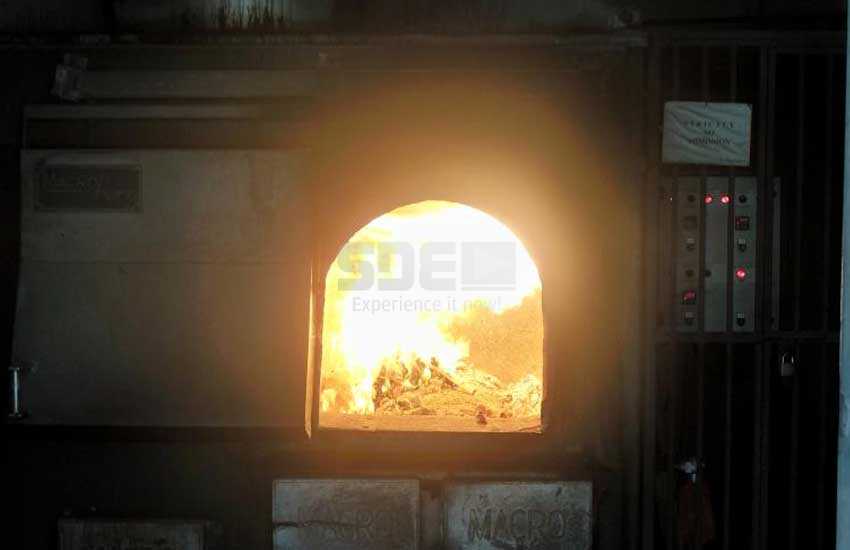
“This is what I love doing. I have fed and educated my children through this,” Mwania who has been cremating bodies since 1997 told The Nairobian.
“My family is not opposed to what I do. But before taking up this job, I used to hear people talking negatively about it, but something inside me loved it.”
Mwania started by observing a close friend, who was also cremator, until he had grasped everything, including comforting bereaved families, before giving it a try. Twenty years on, he has never looked back.
So far, more than 8,000 bodies have passed through Mwania’s hands, with 25 to 40 bodies getting cremated each month for the 20 years he has been in service.
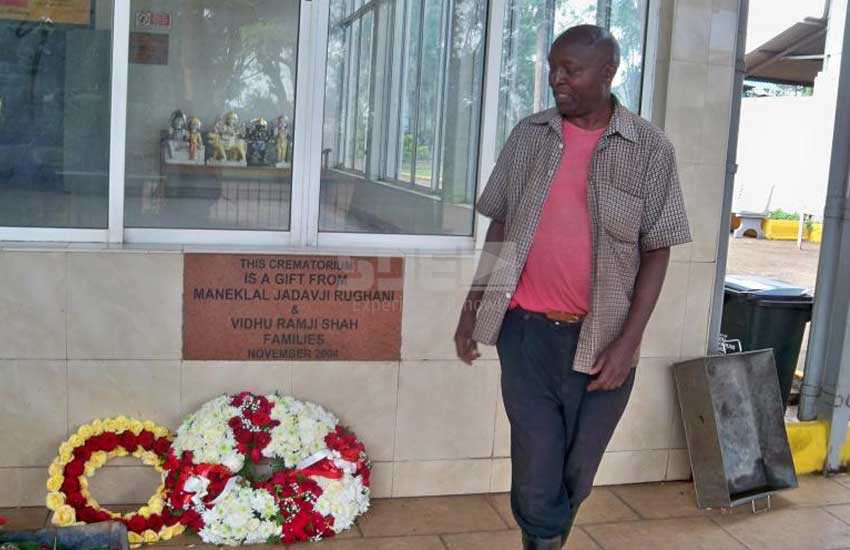
“When I first prepared a body and saw it through the process of cremation, I was afraid, but with time, I have gotten used to it. That’s why I keep count of the number of people I cremate. In fact, I have never had bad dream. I sleep like a baby,” he says.
Unknown to the public, Mwania is closely linked to Nobel Laureate and diehard environment defender Prof Wangari Maathai because he was the one tasked with performing the last rite during her state burial.
“Prof Maathai is among the high profile figures who have passed through my hands. I received her remains and oversaw the process. It was a great honour, one that I could not turn down,” he said.
The Kariokor Crematorium is one of the best-known crematoriums in Kenya. It uses both firewood and electricity to cremate bodies. Before this, bodies were cremated using a four-wheeled diesel engine that is now parked in the neat, expansive compound.
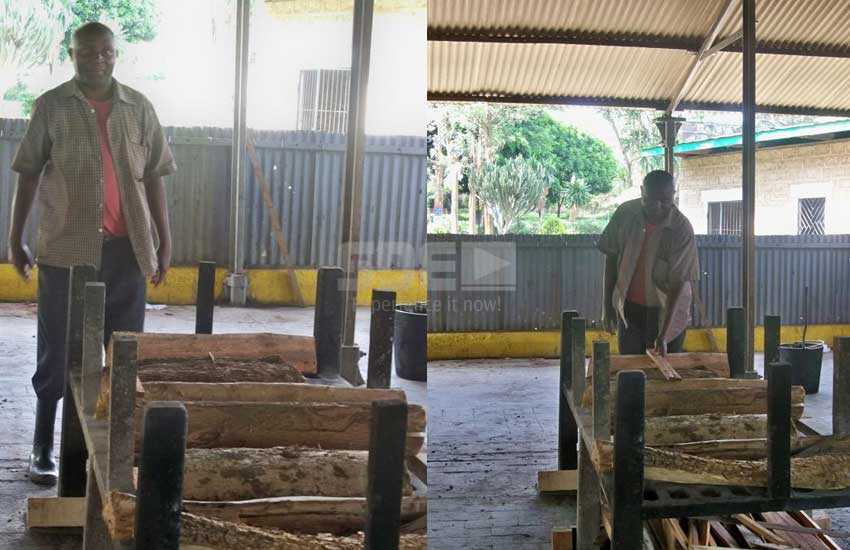
Families have the option of settling for wood fire, which takes roughly three hours, or the electric furnace that takes only an hour to do the job.
At the wood fire section, three bodies can be cremated at ago, while the electric furnace takes one body at a time.
To fire up the flames and shorten the time a body takes to burn to the last bone, either a family member or Mwania applies special and costly ghee cream which is scooped using a huge spade and sprinkled on the firewood. Families collect the ashes the following day.
Like every other burial, when the body arrives, Mwania says it is subjected to certain rituals before it is placed in the furnace.
“Once it is off-loaded from the hearse, some families perform short payers, while others perform certain rituals like walking five times around the body,” he reveals.
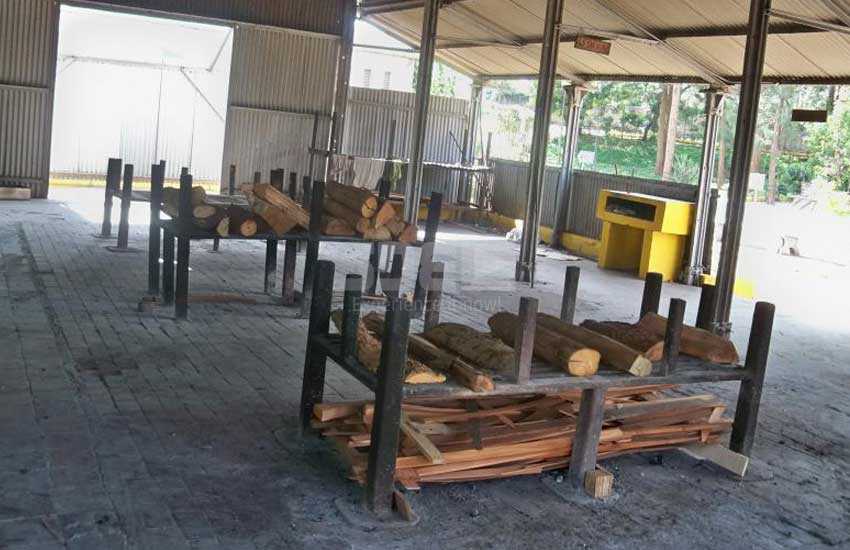
If a family settles on wood fire, the body is placed between logs and sawdust placed beneath the rack to light the fire. A family member is then ushered to the pyre to strike the match or press the on switch if it’s the electric furnace.
The Kariokor Crematorium is run by Kenyans of Asian descent although of late, the number of Africans opting for cremation is rising.
“For the past three years, the number of Africans opting for cremation has gone up. This is because some people find it costly to transport bodies to far-flung areas,” explains Mwania.
Mwania works with a senior colleague who handles paperwork, including assisting bereaved families to file burial permits. Three other colleagues handle duties like chopping firewood, cleaning, maintaining the lawn, serving refreshments to the bereaved and warming the racks.
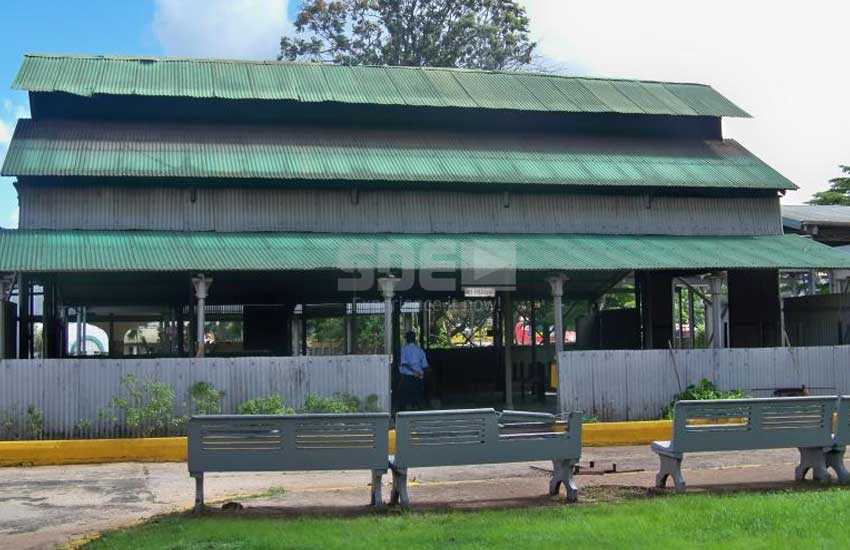
Mwania, who is an ardent AIC member, says cremation is a good option although he would prefer to be buried. “I hail from Machakos, my relatives are not far from here, but I will decide in time,” he says.
Non-Hindus part with around Sh40,000 while Hindus are charged between Sh18,000 and Sh24,0000 depending on the option they prefer. Children below ten years of age are not cremated.
In 2014, City Hall advised Nairobians to cremate their dead instead of burying them, citing congestion at the Langata Cemetery and the high cost of buying a burial plot in Nairobi.
“Cremation is hygienic, cheap and does not have any environmental impact. The cost of transporting bodies from Nairobi to upcountry is unbearable, so we should try this,” then City Medical Officer Robert Ayisi said.
Cremation is a relatively new way to dispose bodies, as it dates back to 20,000 years ago, according to archaeological records.
The first to advocate for the use of cremation was the physician Sir Thomas Browne in 1658.
Honoretta Brooks Pratt became the first recorded cremated European individual in modern time, when she died on 26 September 1769 and was illegally cremated at the burial ground on Hanover Square in London.
Cremation has also been notably used during wars. During World War II (1939–45) Nazi Germany used specially built furnaces in at least six extermination camps throughout occupied Poland including at Auschwitz-Birkenau, Che?mno, Belzec, Majdanek, Sobibor and Treblinka, where the bodies of those murdered by gassing were disposed of using incinerators.
The efficiency of industrialised killing of Operation Reinhard during the most deadly phase of the Holocaust produced too many corpses, therefore the crematoria manufactured to SS specifications were put into use in all of them to handle the disposals around the clock, day and night.
University of Nairobi sociologist, Professor Gakuru, however, argues that African culture, customs and traditions hinder cremation from becoming widespread.
“Africans feel there is a way the human body must be treated and cremation is taken to literally mean burning,” he says.
 The Standard Group Plc is a multi-media organization with investments in media
platforms spanning newspaper print
operations, television, radio broadcasting, digital and online services. The
Standard Group is recognized as a
leading multi-media house in Kenya with a key influence in matters of national and
international interest.
The Standard Group Plc is a multi-media organization with investments in media
platforms spanning newspaper print
operations, television, radio broadcasting, digital and online services. The
Standard Group is recognized as a
leading multi-media house in Kenya with a key influence in matters of national and
international interest.
